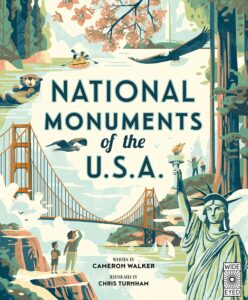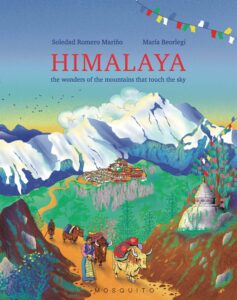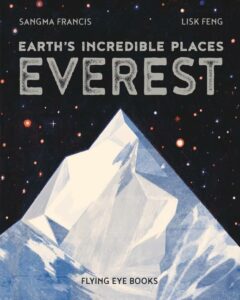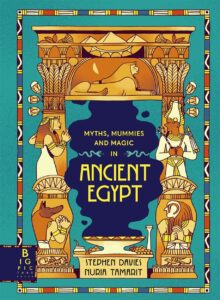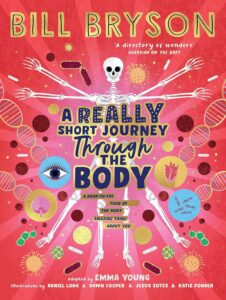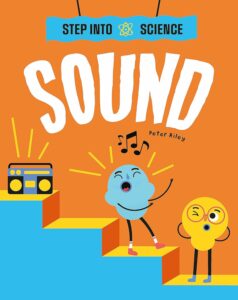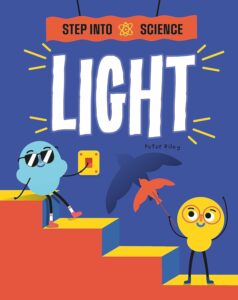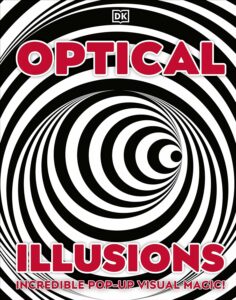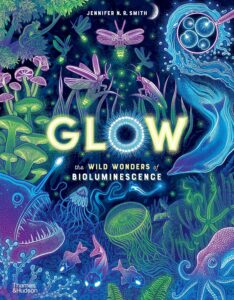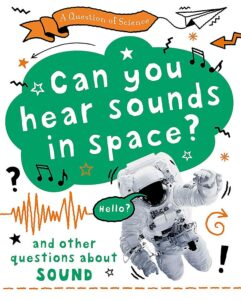Travel through America’s incredible history and amazing wild places, visiting the National Monuments that celebrate the most iconic and majestic landscapes and locations in the USA.
Packed with maps and fascinating facts about the history, architecture, flora, and fauna in some of the most visited National Monuments in the United States, this gorgeously illustrated book showcases the nation’s most historically important and amazing places.
Marvel at some of the world’s most famous landmarks, such as the Statue of Liberty.
Discover lesser-known but just as breathtaking sites such as the Aniakchak volcano caldera. Read about geological wonders like the John Day Fossil Beds. Learn about places of solemn historical significance, such as the Birmingham Civil Rights National Monument.
Divided into eight chapters covering the breadth of the US, pictographic maps locate each of the monuments explored, while double-page, poster-worthy scenes convey the beauty of the areas featured.







